Picture this: towering cranes, mighty bulldozers, and massive turbines - the backbone of industrial progress. These heavy machines play a pivotal role in shaping our world, but the movement of these vehicles is no easy feat. As we delve into the world of heavy machinery transportation, we uncover a labyrinth of challenges that demand both expertise and precision.
Heavy machine transport is a part of heavy haul sector that deals with enormous and heavy goods. It entails transporting large equipment and machinery with vehicles and specialized trailers capable of hauling thousands of pounds or more.
Efficiency and safety are key considerations when transporting large equipment. It takes careful preparation, respect to rules, and the use of specialist equipment to move heavy equipment from one place to another.
In Canada and the USA, where heavy machinery transport is frequently used in industry, a well-organized transportation system is crucial for fostering infrastructure growth and economic expansion.
There are numerous types of heavy equipment utilized in various industries. Heavy equipment shipping is frequently used by construction, industrial, oil and gas, military, agriculture, maritime, and forestry.
Excavators, backhoes, rock trucks, graders, loaders, and other heavy machinery could be among the cargo.
Embracing Diversity: Types of Heavy Machinery and Equipment
When it comes to machinery shipping, coping with the wide variety of equipment involved is one of the greatest obstacles.
From enormous construction equipment such as cranes, bulldozers, and excavators to industrial equipment such as generators and turbines, each machine has specific transportation needs.
Some machinery's sheer size, weight, and fragility necessitate cautious planning and specialized handling throughout the transportation process.
Tackling the Titans: Weight and Size Restrictions
When it comes to heavy machinery shipping, we face a powerful foe in the form of weight and size constraints. These massive machines frequently exceed ordinary road weight limitations, necessitating the purchase of special permits.
Weight distribution becomes a high-stakes technique, necessary for the preservation of both the equipment and the transport vehicles.
Any infringement of these regulations can result in costly fines, project delays, and even legal battles. The government classifies cargo as a heavy load when it exceeds:
- single axle weight 20,000 lbs
- tandem axle weight 34,000 lbs
- gross vehicle weight 80,000 lbs
Navigating the Regulatory Maze: Road Regulations and Permits
The road to successful heavy machinery transportation is beset with regulatory difficulties. Whether it be for heavy equipment shipping Canada province or to a state in the USA, the Department of Transportation is in charge but each region has its own set of transportation restrictions.
These may include road or highway restrictions, stringent travel schedules, and specialized routes for big loads. Obtaining the required approvals necessitates a complex dance of information, communication, and coordination with local authorities.
Nature's Wrath: Weather and Terrain Considerations
Nature also plays an important role in this epic story of transportation. Unpredictable weather conditions, such as torrential rain, snowstorms, or severe temperatures, pose significant safety dangers as well as logistical challenges.
Furthermore, the perilous terrain, which includes harsh vistas, steep inclines, and tiny passages, might hinder attempts to reach isolated or difficult areas.
Adapting to seasonal shifts and employing flexible techniques are critical to defeating these natural foes.
Transport companies such as Paige Logistics Ltd. can offer reliable solutions to industries in Canada and the USA, contributing to the growth and development of crucial projects and infrastructure in the region.
How does less-than-truckload shipping work?
Shippers use an LTL freight service to avoid waiting until their customers place enough orders to fill an entire truck. With LTL shipment, you can send as many goods as you wish, whenever you want. Such freight shipments will save you time, money, and energy.
What is less than a truckload?
Full truckload (FTL) shipping is when a shipment takes up a whole truck by itself. The transportation of freight that doesn’t use the entire space of a truck is known as less-than-truckload (LTL) freight shipping. Several shippers share space on the same truck and pay only for their part of the trailer space.
Standard guidelines for LTL freight say that a single shipment is between 45 and 4,500 kilograms. Besides, a typical load shouldn’t contain more than six pallets in size.
The flexibility of paying only for the space your items occupy in a truck makes LTL a perfect fit for SMEs. Consider LTL freight if you don’t ship in large quantities. It works great when looking for a budget-friendly solution.
Advantages of LTL over FTL
LTL is more cost-effective. It allows transporting smaller shipments without paying for an entire vehicle.
LTL offers flexibility for small and medium-sized businesses to meet changing demands.
When you use LTL freight, you save space in warehouses. As you can send more shipments, you won’t need to stockpile many products simultaneously.
Sharing space with other shipments significantly reduces your company’s carbon footprint. Keep our planet healthier!
With less-than-truckload shipping, you won’t have to wait for customers to place enough orders to fill an entire vehicle. You can ship items earlier.
How is the LTL price calculated?
FTL rates are calculated on a per-mile rate plus a fuel charge, so they don’t fluctuate much. LTL freight rates are different.
More factors play a significant role in determining the cost of your shipment. The most common ones are as follows:
Weight. The heavier the shipment, the higher the price – as simple as that
Class of freight. Value, liability, stow-ability, handling, and product density define a class of freight
Density. It is the space a shipment takes in relation to its weight
Base rates. They’re quoted per 45 kg (CWT) based on the items’ volume, demand, and gross cost of the items
Distance. The longer the distance, the higher the price – again, as simple as that
Freight All Kinds (FAK). Tariff classification for different goods combined and shipped at one freight rate
By Alexander Crane

